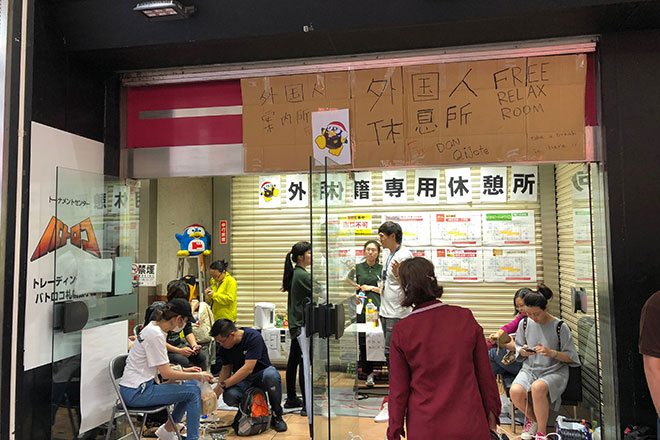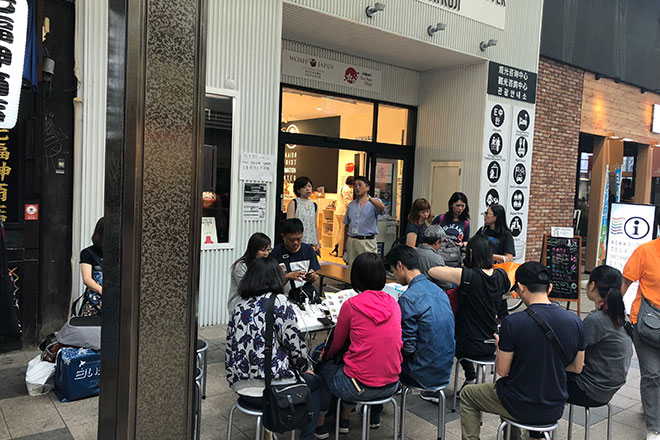- HOME
- Sustainability
- Materiality 5
Solid governance system - Responding to natural disaster risks
Responding to natural disaster risks
-Formulation of BCP (Business Continuity Plan)
The PPIH Group has formulated a BCP(Business Continuity Plan) based on the corporate principle of "The Customer Matters Most" in case of a natural disaster that causes serious damage to our business activities. This is so that we are able to contribute to the community through non-interrupted business operations, or the prompt resumption of activities even when interrupted.
The BCP defines various action plans based on the basic policies of "ensuring the safety of employees and their families", "promptly restoring product distribution to the affected areas" and "maintaining and continuing relationships with partners", and defines actions to be taken to prepare for normal times, to make initial responses to a disaster, and to quickly restore and resume operations.
The effectiveness of the BCP is verified through drills for establishing the Disaster Countermeasures Headquarters and damage reporting drills, and issues and problems identified through these drills are addressed and improved, with the PDCA cycle being repeated every year. The director in charge of the Risk Management Division supervises the annual update of the BCP and works to build a stronger foundation for disaster countermeasures.
*Updated June 2023 (addition of information on the Japan Trench and Kuril Islands earthquakes, handling of disaster agreements, full revision of damage assumptions for Mt. Fuji, etc.)
-Expansion of store facilities
In case of flooding caused by heavy rain or typhoons, we are working to minimize damage by installing watertight panels and enhancing drainage systems for stores in areas which have suffered flooding in the past.
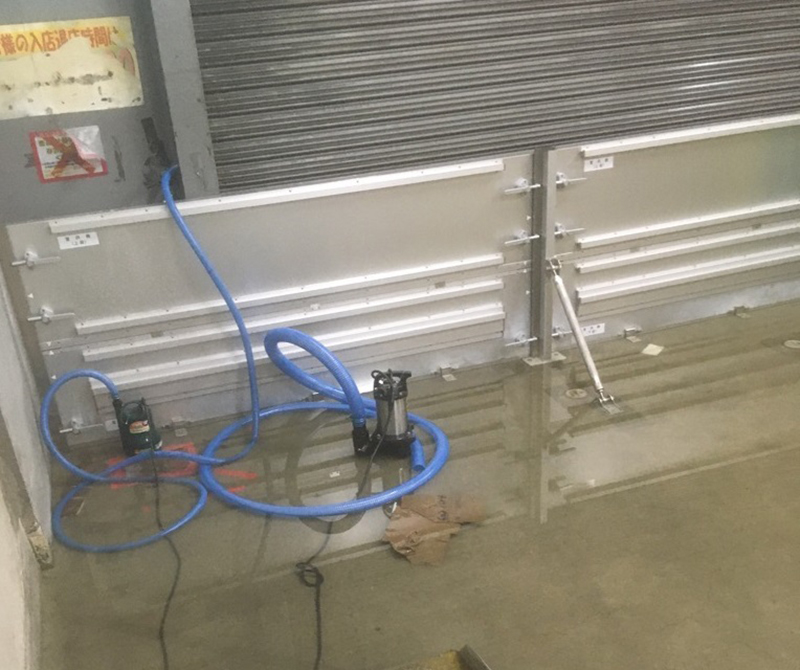
Installation of watertight plates in order to prevent water from entering the facilities
-Prediction of Damage Areas and Information on the Damage
We introduced a "Rescue Web Map" in order to help predict the damage areas and understand the damage information.
In the event of a disaster, we understand in advance the impact on lifelines and transportation, and make announcements to the relevant areas using internal tools. Weather conditions and the risk of disasters are promptly communicated to the field, and damage to the field is quickly assessed for quick decision-making and responses.
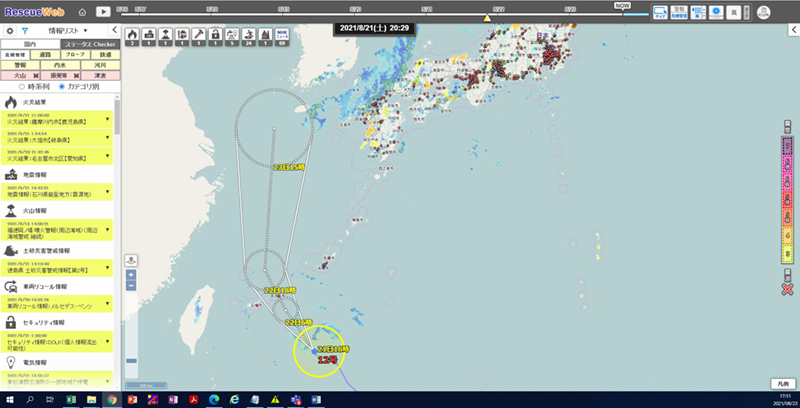
Utilization of the Rescue Web Map
-Conducting Disaster Response Headquarters Establishment Drills
Disaster Response Headquarters Establishment Drills have been conducted since 2019 with the aim of improving disaster response capabilities in the event of natural disasters such as earthquakes and typhoons, which can cause extensive damage, and large-scale outbreaks of infectious diseases.
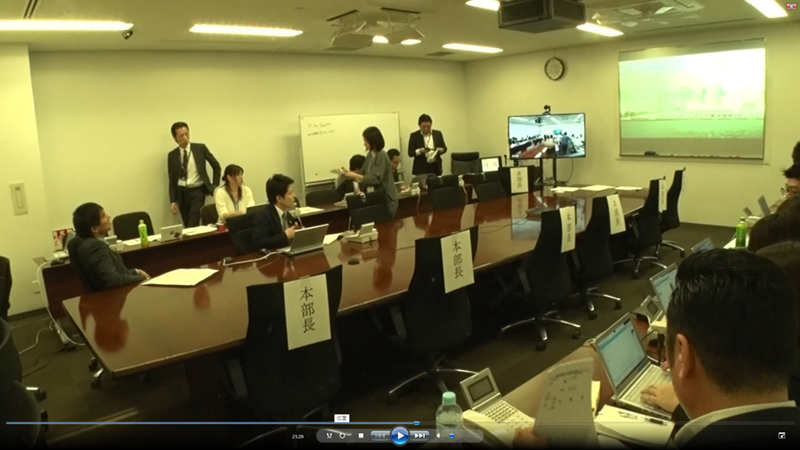
Disaster Response Headquarters Establishment Drills
-Risk management
The PPIH Group's Risk Management Headquarters is responsible for risk management. They collect information on risk incidents that may occur in-store and in offices, determines risk responses and countermeasures, and has them implemented in accordance with the instructions of the Risk Management Headquarters. They also monitor progress and report to the Board of Directors as necessary.
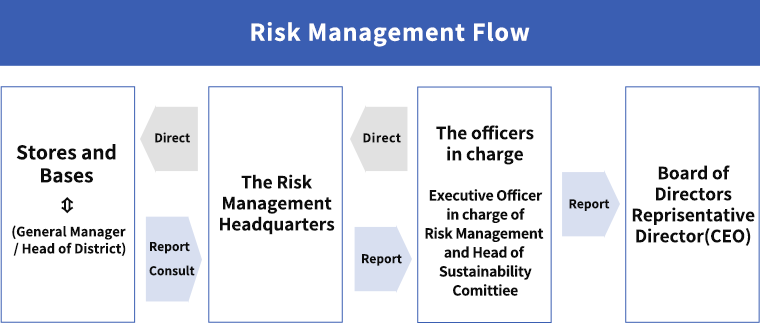
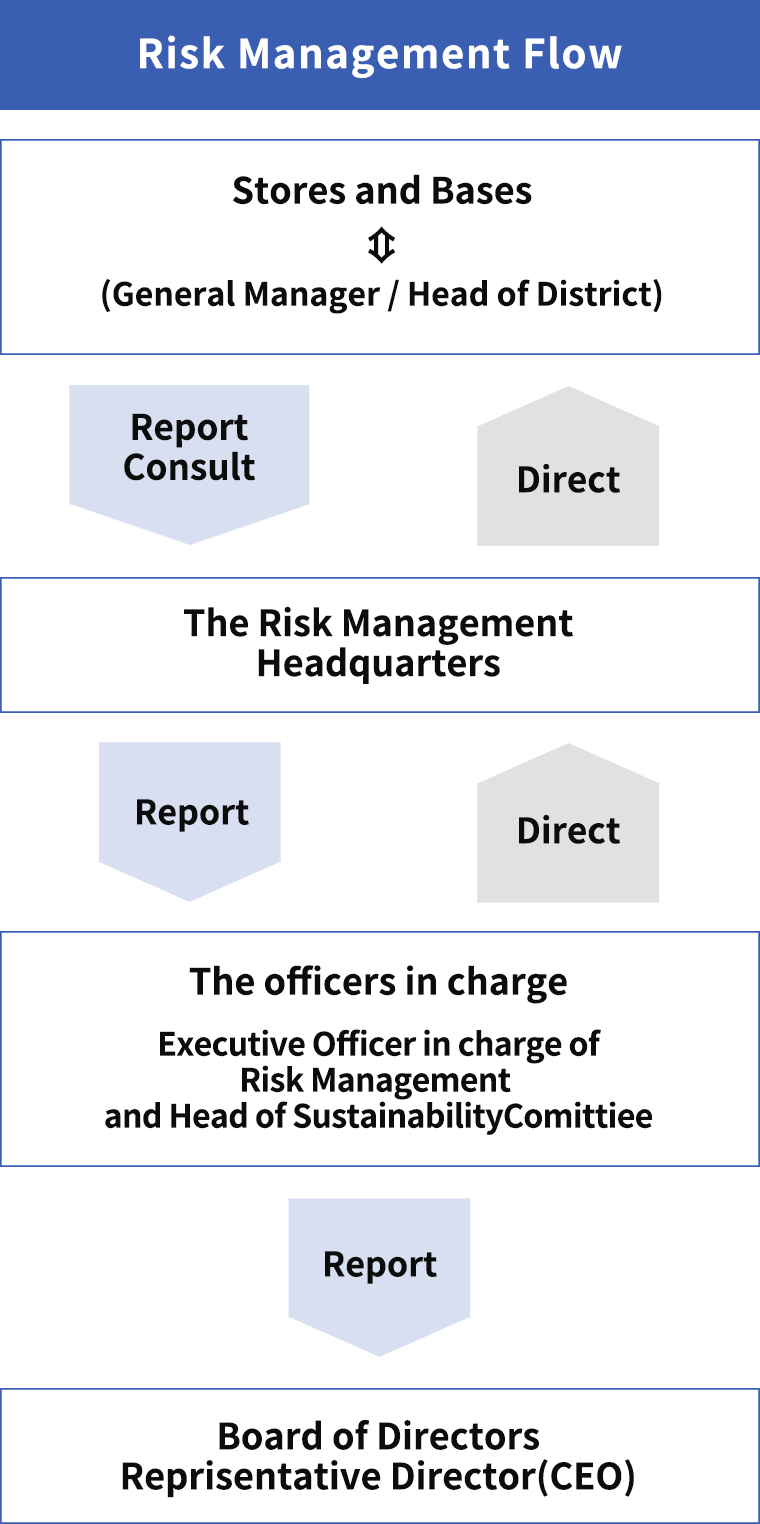
Previous Disaster Responses
2011 Great East Japan Earthquake
-With electricity and information cut off, we decided to make a small contribution to our local customers through distributing perishable goods free of charge, rather than having them damaged because they could not be sold. (Stores in the affected areas during the Great East Japan Earthquake)
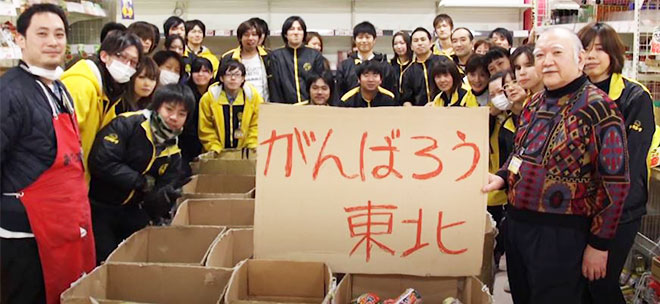
-We carry out outdoor sales using a parking lot that can ensure the safety of our customers when the building is severely damaged and restoration is not in time.
Served as a regional infrastructure for customers seeking products.(Sendai Stores at the time of the Great East Japan Earthquake)
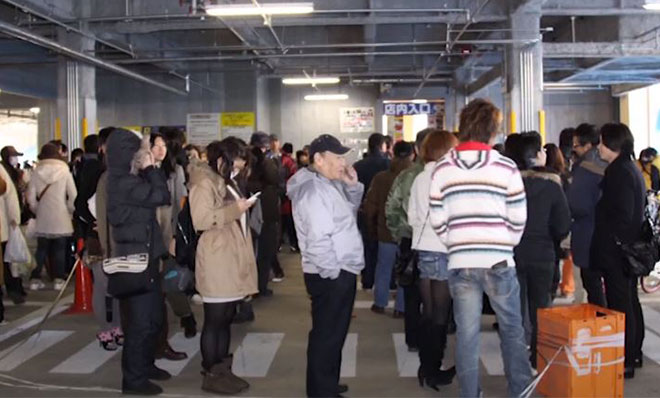
2016 Kumamoto Earthquake
-When the Kumamoto earthquake struck, many retailers were unable to operate due to disruptions in their distribution networks, but we used our own distribution network to procure water, bread, and other products essential in an emergency. Employees from all over the country also rushed to support the storefront sales.
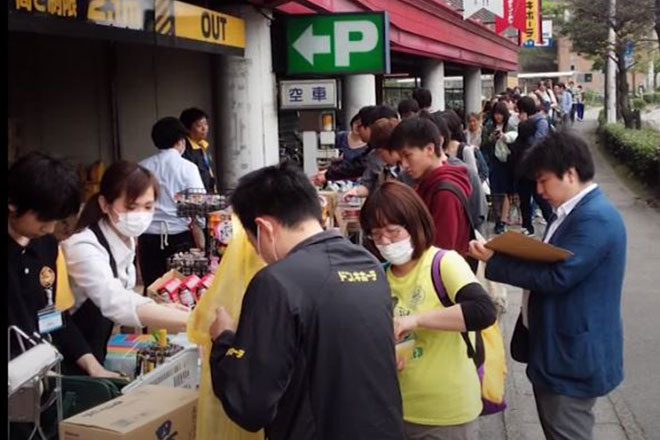
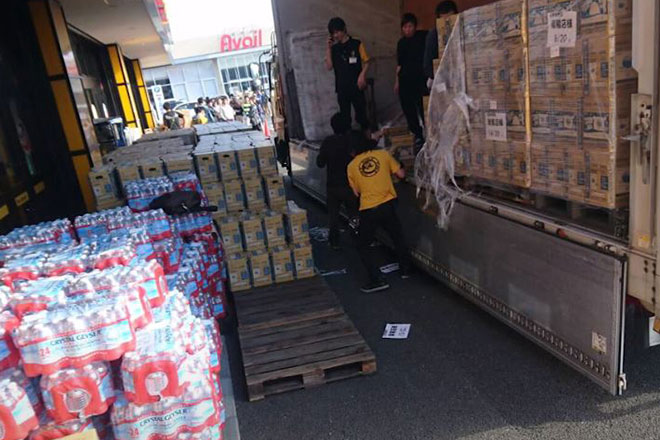
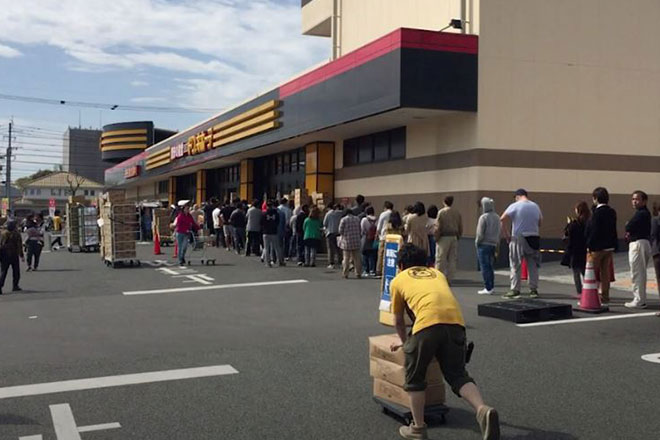
2018 Hokkaido Eastern Iburi Earthquake
-In the Sapporo Stores, we set up free cell phone charging spots and rest areas for inbound customers using the store's power supply, and with the cooperation of the local tourist information center, we assisted many foreign visitors to the area.
This response was also picked up by the media and had a major impact, attracting the attention of the national government and other government agencies and triggering a subsidy program for the installation of emergency power sources for use in times of disaster.
